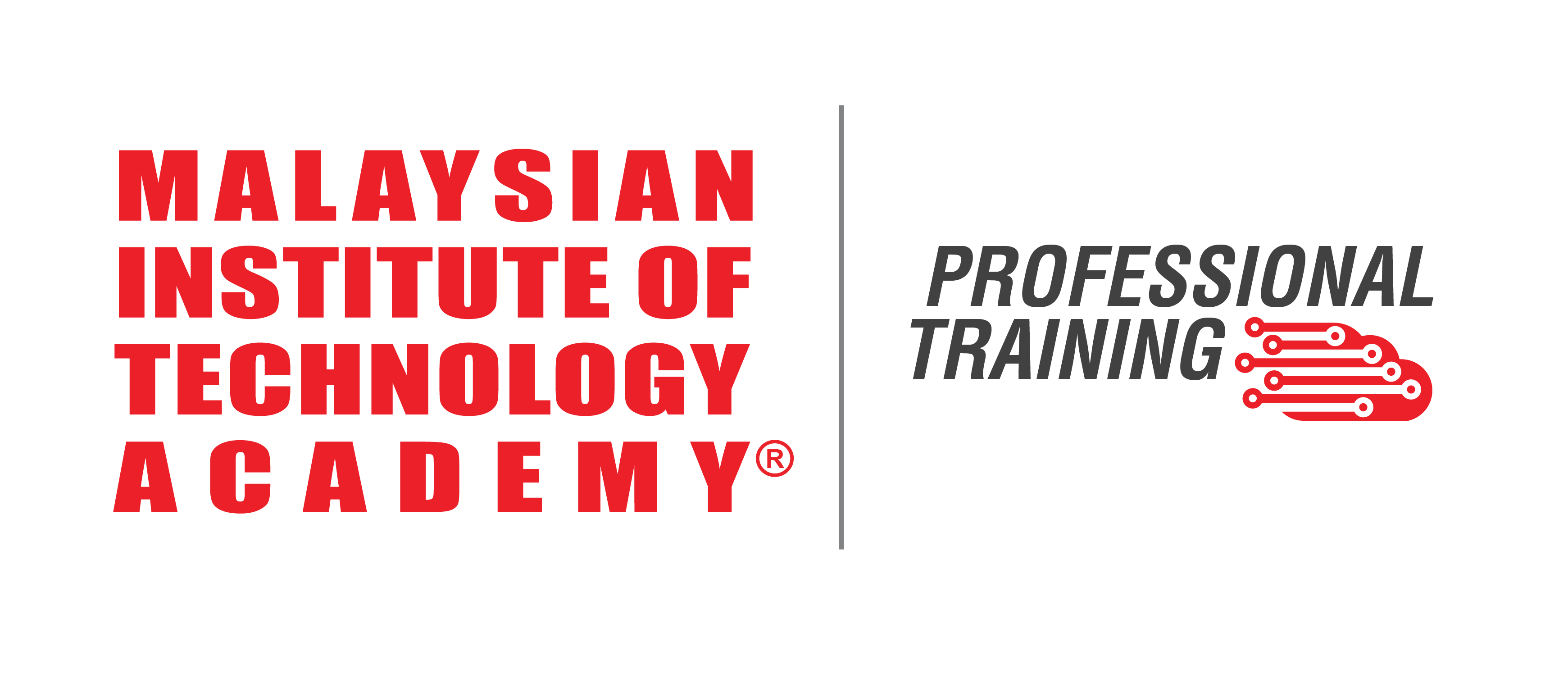System Integration
In the simplest terms, system integration is the incorporation of multiple components (i.e., sub-systems) into one system that works as a single unit. It connects all of the components, allowing them to “speak” to each other and share important information that may influence how the system operates and performs.
System Integration Methods Explained
System integration involves combining distinct software and hardware components into a unified system, allowing seamless data flow and enhanced functionality. Here’s a breakdown of common system integration methods:
1. Point-to-Point Integration:
This simplest method directly connects two systems to perform a single, specific function. It’s easy to set up but lacks scalability and can become complex with many connections.
2. Vertical Integration:
This approach connects multiple systems to support various functions, forming a hierarchical structure. Each function is siloed, meaning changes in one system may not affect others. While offering some control, vertical integration can be inflexible and limit future integrations.
3. Star Integration:
Here, each system connects to others through individual point-to-point connections, resembling a star-shaped network. This provides flexibility but can become complex and cumbersome to manage with many integrations, increasing maintenance needs.
4. Horizontal Integration:
This method utilizes a central platform, often called an Enterprise Service Bus (ESB), to act as a mediator between all connected systems. Subsystems communicate solely with the ESB, eliminating direct connections and simplifying modifications. This approach offers scalability, maintainability, and improved data flow.
5. Common Data Format Integration:
This method allows each system to translate its native data format into a common, standardized format understood by all other systems. This reduces the complexity of data exchange and simplifies maintenance by eliminating the need for individual format conversions.
System Integration Applications
Our expertise in system integration covers a wide array of applications, ensuring seamless connectivity and enhanced performance across various components. Here are some examples of our integration capabilities:
Programmable Logic Controllers (PLC)
- Allen-Bradley/Rockwell (CompactLogix, ControlLogix, GuardPLC, Micro800)
- GE
- Mitsubishi
- Modicon
- SIMATIC-S7
Supervisory Control and Data Acquisition (SCADA) / Human-Machine Interface (HMI)
- FactoryTalk View SE/ME
- iFix
- Ignition
- InTouch/InTouch Machine Edition
- Mitsubishi
- SIMATIC WinCC
Robotics Systems
- Epson
- ABB
- Fanuc
- KUKA
- Mitsubishi
- Omron
- Staubli
Distributed Control Systems (DCS)
- ABB MOD 300
- Delta V
- Fisher Provox
- Foxboro IA
- Moore
- Simatic PCS 7
Testing Systems
- NI (LabVIEW)
- MATLAB
- PyLab
Programming Languages
- C#
- Python
- VB.Net
Communications Networks
- Ethernet/IP
- DataHighway+
- DeviceNet
- ControlNet
- PROFIBUS/PROFINET
- BACnet
- Modbus+
- ModbusTCP
Historical Data Collection
- Rockwell Historian
- Aveva Historian
- iFix Historian
Manufacturing Execution Systems (MES)
- SAP Manufacturing Execution
- Shopfloor-Online
- Plex Smart Manufacturing Platform
With our comprehensive range of system integration solutions, we ensure optimized performance and efficiency tailored to your specific needs.

